If you are thinking about building a log home or cabin with wood log siding, the first thing to consider is the type of wood for your climate. Some types of wood may be better for extreme climates of high or low humidity or high or low temperatures. Of all the wood species available, red pine, also called Norwegian pine, is the best all-around wood. Its qualities and affordable price make it an ideal choice.
What Is Wood Log Siding?
Before selecting and purchasing log siding, it will be helpful to know more about its qualities and construction. Wood log siding is made from the outside pieces of logs milled with one flat side and one “D-shaped” side. The centerpiece of the log is removed and used for other products, such as paneling, flooring, and trims.
The best log siding is formed with a tongue and groove on each side and end. The tongue and groove end-matching design allows for fast and easy installation and secure joints. Smooth and hand-hewn surfaces as well as unfinished and pre-finished siding are available.
Of the available woods for log siding, red pine, also called Norwegian pine is the best all-around choice. Its affordability, characteristics, sustainability, and availability make it a favorite for homes, cabins, and business buildings.
Most Commonly Used Wood: Pros And Cons
Many types of woods are used for log siding home construction, including pine, cedar, oak, cypress, spruce, redwood, fir, and their variations. Each has their pros and cons to consider.
| Pros | Cons | |
| Pine | Most cost-efficient
Readily available Most sustainable wood |
Stable once it is dried correctly |
| Cedar | More moisture-resistant
More insect resistant |
More expensive than pine
Not always available |
| Oak | Beautiful wood
White oak is decay resistant Red oak has low resistance |
Low sustainability
High cost Needs treating |
| Cypress | Low shrinkage rate
High decay and insect resistance |
High cost
May be difficult to find |
| Spruce | Affordable
Abundant in New England |
Low resistance to decay and insects
Needs kiln drying and treating |
| Redwood | High decay and insect resistance
Abundant on West Coast |
Sometimes hard to find
High cost |
| Fir | Affordable & low shrinkage
Abundant in the west |
Low resistance to decay and insects
Treating is necessary for protection |
“Of all the wood species available, red pine, also called Norwegian pine, is the best all-around wood.”
What To Look For In Log Siding
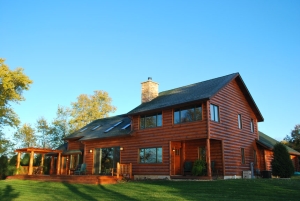 You should look for the best long-term characteristics in wood log siding. The best pine siding has all the significant advantages over other woods listed below you can appreciate, such as:
You should look for the best long-term characteristics in wood log siding. The best pine siding has all the significant advantages over other woods listed below you can appreciate, such as:
- It should be kiln-dried for the correct moisture content and staining.
- Each piece should be hand-inspected to ensure it is defect-free.
- The siding should be cost-effective to keep your home within budget.
- It should be milled with the tongue and groove feature.
- The end-matching design should be present in each piece.
- Options of quarter log, half log, premier log, and hand-hewn should be available.
- Choices of log corner systems and log trims should be available.
- Options of unfinished or pre-finished siding should be present.
- The supplier should carry many colors of stain and high-quality caulking.
Pre-Finished Log Siding
Another option you can appreciate is the choice between pre-finished siding and unfinished siding. Pre-finished pine log siding is perfect when the cold weather is setting in or your construction timeframe is short. It saves a lot of time, labor, and material waste you will like.
Pre-finished siding is virtually a ‘no-waste’ product because the pieces you saw off can be used to start other rows. Less measuring and sawing are necessary which speeds up the work. The finish is professionally applied in a temperature and humidity controlled atmosphere that provides the best results.
The end-matching design lets you end-butt the siding anywhere between wall framing and eliminates end-butting pieces on wall studs. The joints are very strong on the external and internal walls. Other benefits include no brushes, sprayers, or stain to purchase, no odors to smell, no waiting on the weather or scheduling a painter, and no mess to clean up.
Log Corner Options And Log Trims
When selecting log corners and log trims to coordinate with pine log siding, select pine for its stability and cost-effectiveness. Log corners are available in vertical, butt-n-pass, and saddle notch styles. Log trims are made in 2×6, 3×4, 3×6, 4×4, sizes to match the siding profile you select for outside and inside walls.
Log corners and log trims may be purchased in unfinished and pre-finished conditions. They are easy to install with galvanized screws with the corners installed first followed by the trims and siding. For the best results in building with log siding, go with pine for its advantages.

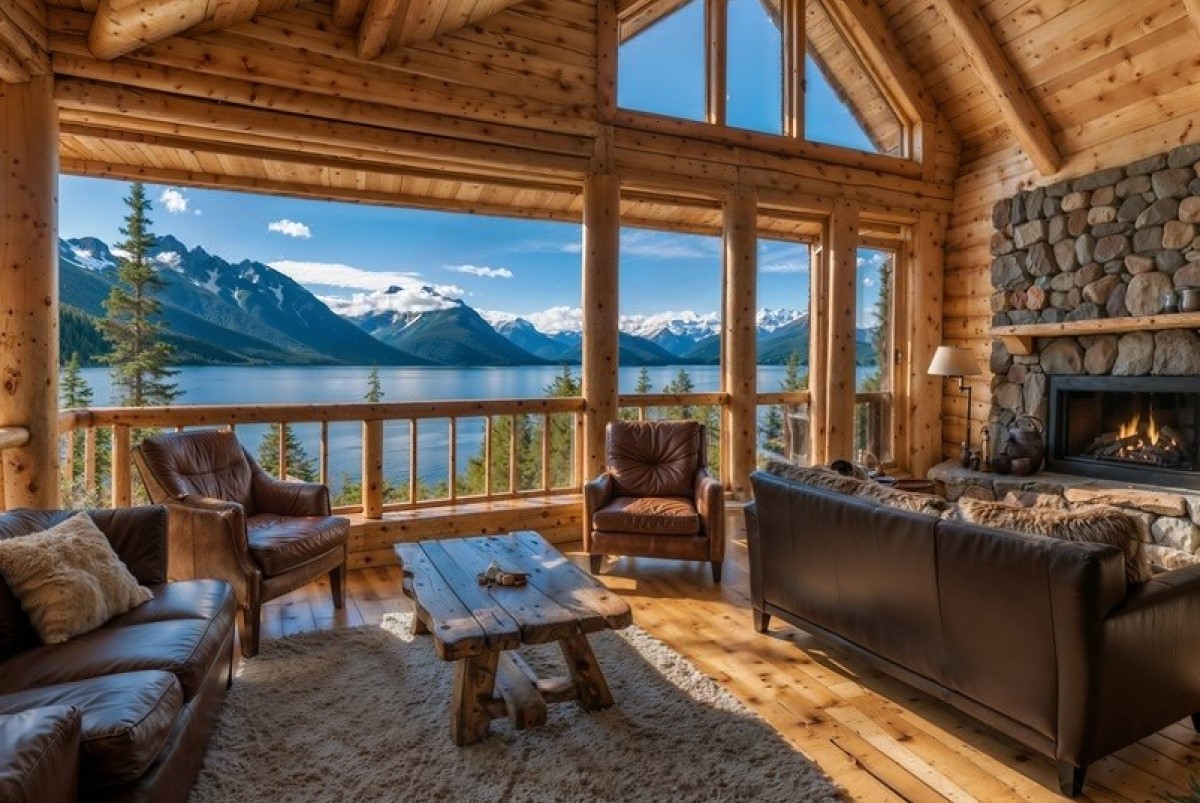
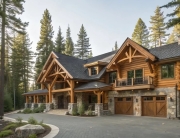
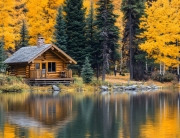
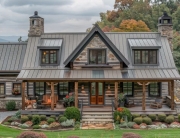
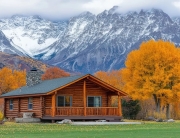
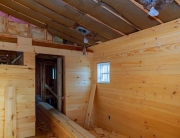
Recent Comments